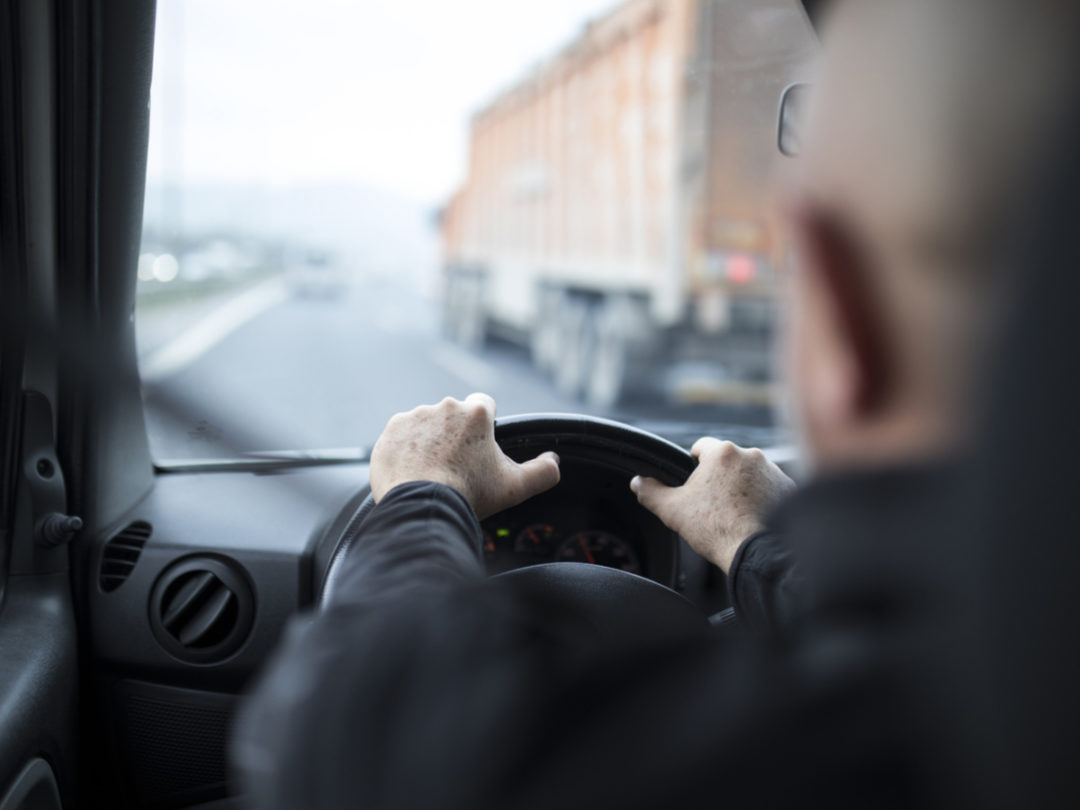
Visit Our Sponsors |
|
|
|
|
|
|
|
|
|
|
|
|
|
|
|
|
|
|
|
|
|
|
|
|
|
|
|
|
|
|
|
|
|
|
|
|
|
|

Despite years of government and private investment in Latin America, not one country makes the World Bank’s top 25% in logistic performance.
Poor infrastructure increases costs, reduces supply reliability and ultimately hinders trade. Still, the Latin American economy is projected to grow 2.5% this year, which is creating a boom for the trucking industry and increasing truck sales.
Most cargo throughout Latin America makes its way by truck. Transportation costs are high — averaging about 15% of the merchandise cost — and packages can take up to 60 days to reach their destination. In Brazil, truckers spend 60% of their time driving with empty trailers on return trips, according to freight broker CargoX.
With e-commerce and a growing mobile-commerce market leading the charge, the region is ripe for digital advancement, and companies including CargoX are tapping in.
More than 28% of Brazil’s independent truckers, about 250,000, are now using the broker’s route-optimization and track-and-trace app, which is also available in Argentina and Paraguay.
Another 18,000 trucks are on Argentina-based Avancargo’s digital platform that aims to connect trucks and cargo — one of the biggest challenges facing small fleets in the region due to their commercial scale.
Digital marketplace Liftit is also connecting drivers to businesses that need them in Mexico, Colombia, Chile and Ecuador. So far, more than 8,000 drivers are servicing clients like Nestle, Walmart and Cruz Verde.
Outlook
Latin America’s political and infrastructure challenges continue to cost supply chains, but digital solutions like trucking apps are streamlining operations. These tools are likely to thrive — and lead the region toward further technology adoption.
Cathy Morrow Roberson is president of Logistics Trends and Insights.
RELATED CONTENT
RELATED VIDEOS
Timely, incisive articles delivered directly to your inbox.






